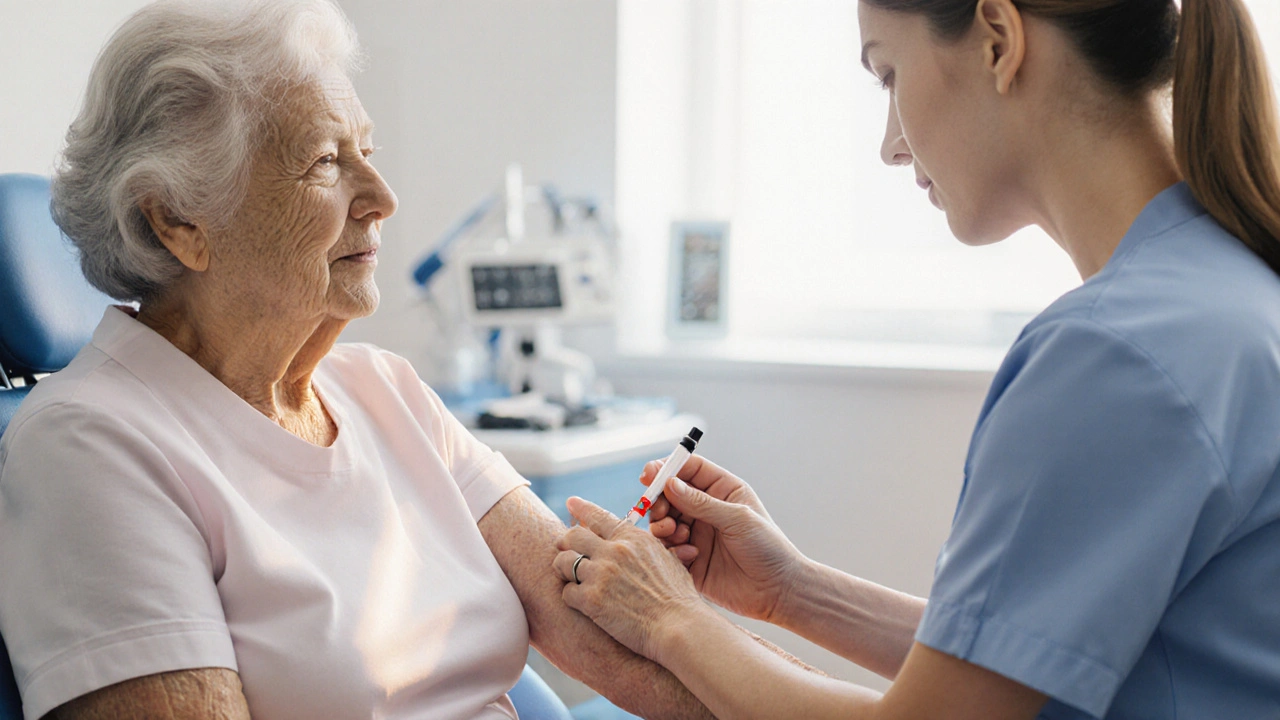Screening: Your Practical Guide to Early Detection and Health Checks
When talking about Screening, a systematic process of testing people who show no symptoms to find diseases early. Also known as health screening, it helps catch conditions before they progress and can save lives. The word screening pops up everywhere in medical advice, but what does it really involve? Below we break it down in plain language.
Screening isn’t a single test – it’s a collection of Diagnostic Tests, tools like blood work, imaging, or questionnaires used to spot hidden health issues. From a simple cholesterol check to a full‑body MRI, each test serves a purpose: to spot an abnormality before symptoms appear. Early Detection, the core benefit of screening that lets doctors intervene sooner often means less invasive treatment, lower costs, and better outcomes. Think of it like a smoke alarm – you might not see the fire, but the alarm warns you early.
Why do we bother? Because Preventive Health, the broader strategy of staying ahead of disease through lifestyle and regular checks relies on timely information. Without screening, many conditions remain hidden until they cause serious damage. For example, regular eye exams can catch ocular melanoma early, and cardiac catheterization can reveal hidden heart blockages before a heart attack strikes. These are classic cases where screening changes the game.
How Screening Works and Who Should Get It
Every screening program follows Screening Guidelines, official recommendations that define who, when and how to test. Guidelines consider age, risk factors, family history, and prevalence of disease. A 45‑year‑old with a smoking habit might be urged to have a low‑dose CT scan for lung cancer, while a teenager with a family history of hypertension could start blood pressure checks early. These rules keep the process efficient and avoid unnecessary testing.
Screening also demands a balanced approach. Over‑screening can lead to false positives, anxiety, and extra procedures that might do more harm than good. That's why guidelines stress the importance of evidence‑based thresholds. For instance, mammography is recommended every two years for women aged 50‑74, but not before 40 unless there’s a strong family history. The goal is to catch disease early without flooding the system with unnecessary tests.
Another crucial piece is follow‑up. A positive result is just the start; patients need clear pathways to confirm diagnosis, get treatment, and receive counseling. Good communication between primary care providers and specialists ensures that a screening result becomes actionable care.
In practice, screening lives in everyday choices: scheduling that annual physical, getting a flu shot, or opting for a colonoscopy at 50. Each choice adds a layer of protection. Even simple at‑home kits for blood sugar or cholesterol can be part of a broader screening strategy when combined with professional oversight.
So what can you expect from the articles below? We’ve gathered resources that walk you through specific screenings—like eye exams for cancer detection, cardiac catheterization for heart issues, and guidelines for various disease tests. You’ll find practical tips on preparing for appointments, interpreting results, and navigating insurance coverage. Whether you’re a patient looking to stay ahead of health problems or a caregiver seeking reliable info, these posts give you clear, actionable insight.
Ready to explore the details? Dive into the collection below to learn how each type of screening works, what the latest guidelines recommend, and how to make the most of your health checks.
Hepatitis C in Seniors: Essential Facts for Older Adults
A clear guide for seniors on hepatitis C risks, screening, modern treatments, and follow‑up care, with practical tips and FAQs.
